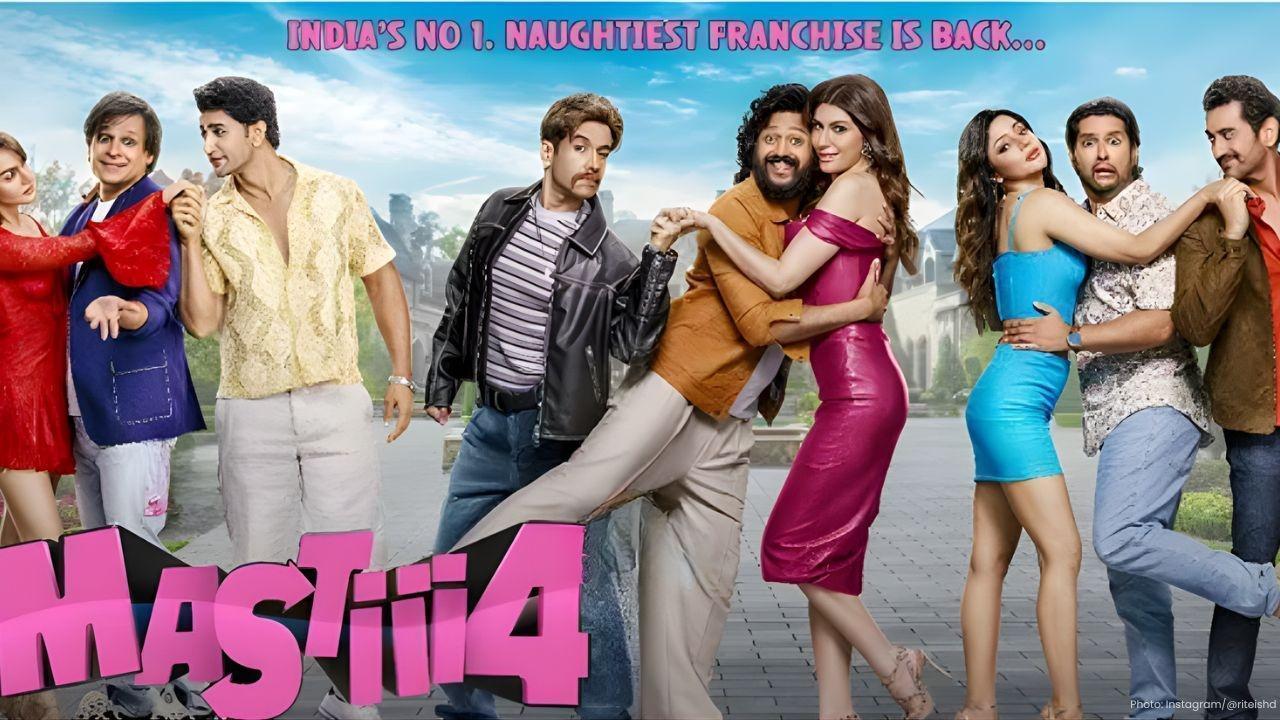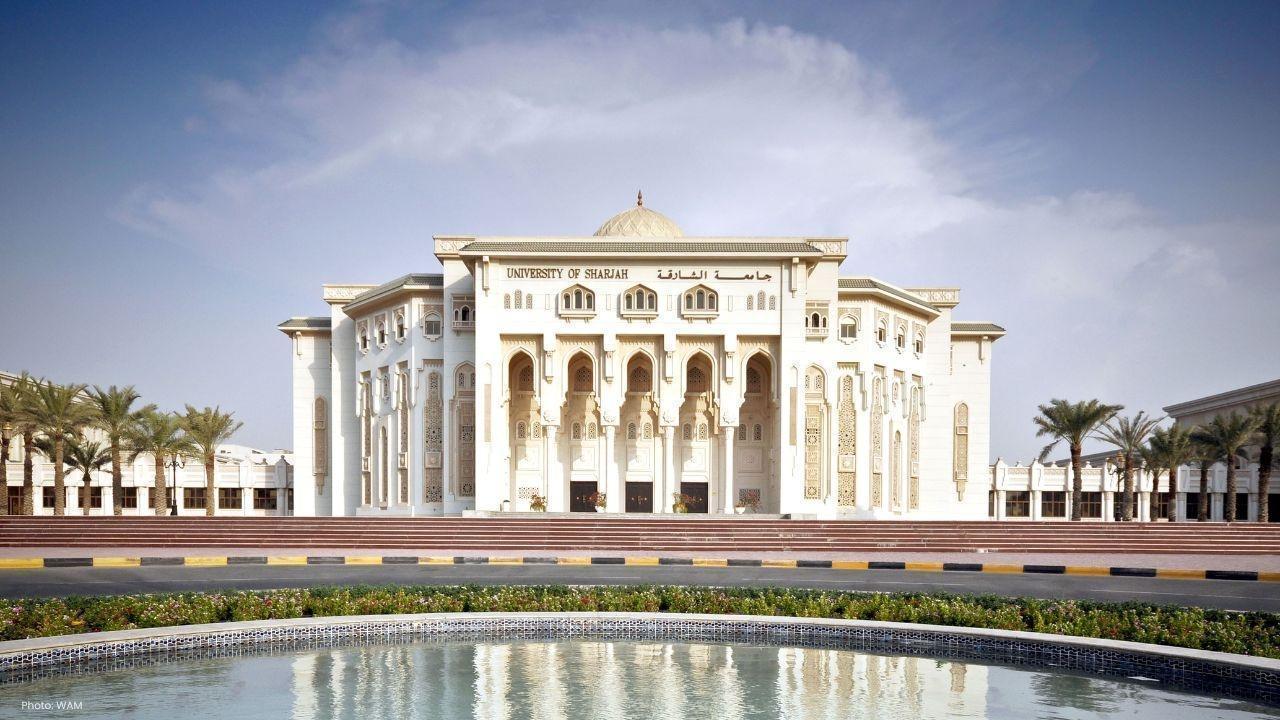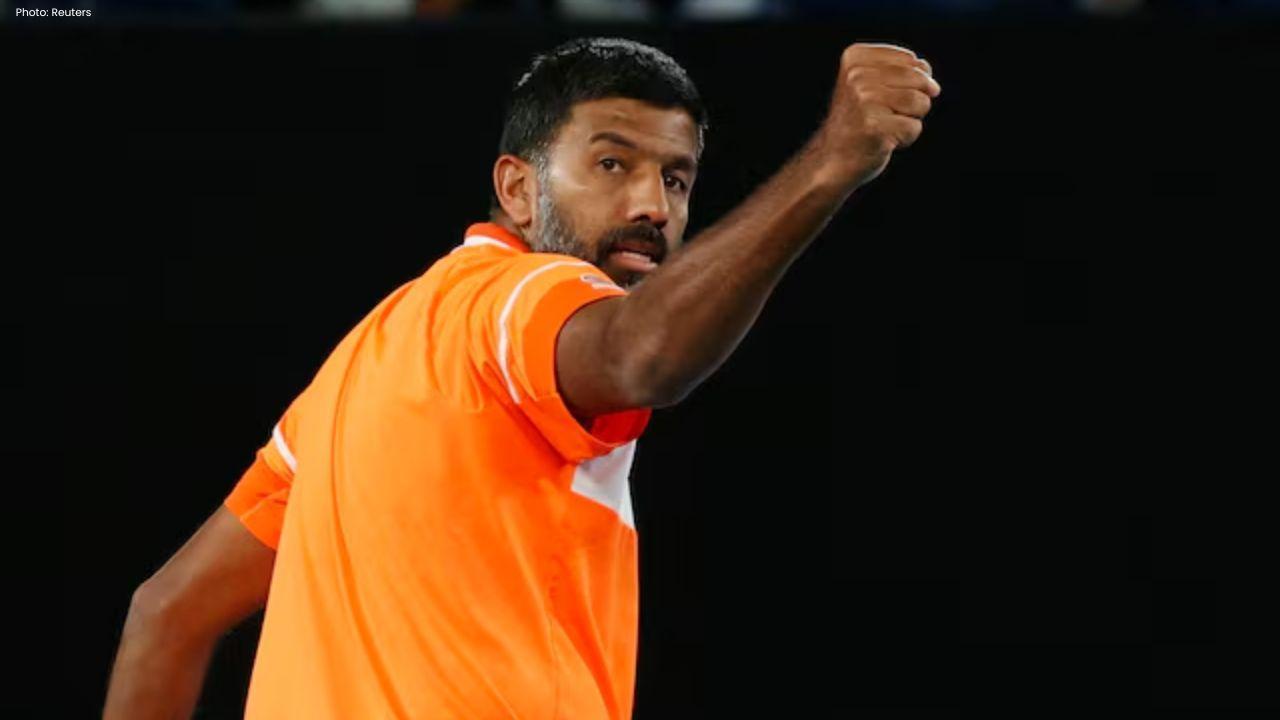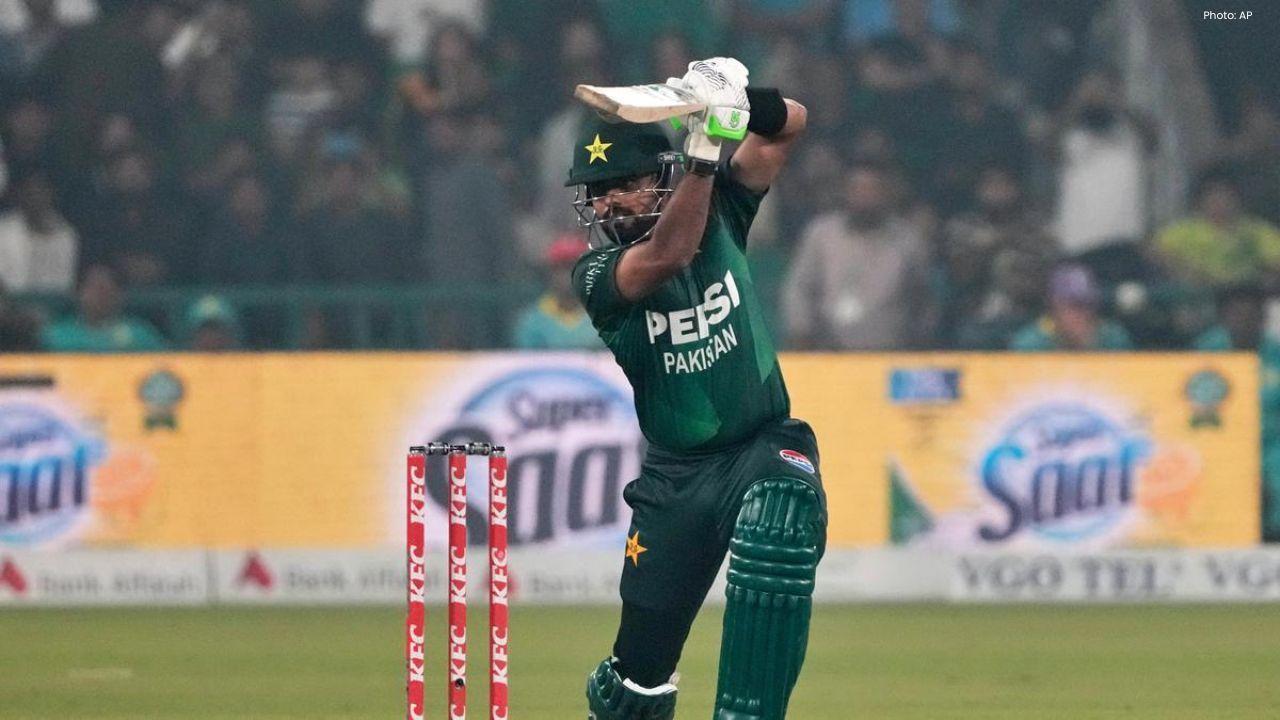
Post by : Bianca Suleiman
Lucindo Lima still sings with a bright timbre that belies his 72 years, recalling fortunes never uncovered beneath Serra Pelada’s slopes. Once the epicentre of Brazil’s 1980s gold frenzy, the site has become a potent emblem of dashed hopes and the wider contrasts in Amazonian mining.
“Under those mountains all our riches are hidden,” Lima says outside his weathered wooden home in Curionopolis, a district of Pará, which is set to host the COP30 climate talks. His line of work mirrors that of many “garimpeiros” — informal, artisanal prospectors who continue to seek gold despite legal and safety risks.
The rush began in 1979, when thousands poured into Serra Pelada and excavated a giant pit largely by hand. The late Sebastião Salgado’s stark black-and-white images captured that chaotic surge: men packed into the pit like an insect swarm, a sight that startled global audiences. By 1992, falling yields and flooding forced authorities to stop operations, leaving a flooded crater as a testimony to the fevered search for wealth.
Just a couple of hours from the derelict pit lies Carajás, the world’s largest open-pit iron-ore mine under Vale’s management. In contrast to the hand-dug workings of Serra Pelada, Carajás runs on automation: driverless haul trucks, AI monitoring and plans for roughly $13 billion in investment between 2025 and 2030. Vale says annual earnings from Carajás alone outstrip Serra Pelada’s historic gold take by nearly nine times.
Vale has pledged to conserve about 800,000 hectares of surrounding forest, yet illegal gold extraction in Pará persists, degrading rivers, accelerating deforestation and spreading mercury contamination that threatens local populations. While Vale moves high-grade ore efficiently by rail, garimpeiros must rely on informal roads and river routes that are often hazardous and unregulated.
Even after decades of hardship, the prospecting impulse endures. Cicero Pereira Ribeiro works by pick in narrow, dim shafts that reach some 25 metres underground, and Antonio Luis, a miner since 1981, admits: “We haven’t woken up from this dream yet.”
Serra Pelada today encapsulates a broader story of divergence: the fading memory of a legendary gold rush alongside the technological and environmental ambitions of modern mining in Brazil’s Amazon. Both models coexist, shaping the region’s landscape, economy and contested future.










Indian Tennis Veteran Rohan Bopanna Ends Illustrious Career
Rohan Bopanna retires from tennis at 45 after winning two Grand Slams, becoming world number one, an

Babar Azam Becomes Top Run Scorer In T20I Cricket History
Pakistan’s Babar Azam has overtaken India’s Rohit Sharma to become the highest run-scorer in men’s T

BTS Comeback 2026 Group Plans Biggest-Ever Global Tour
BTS is set for a long-awaited comeback in 2026, followed by a massive 65-city world tour. Fans hope

India Stuns Australia to Reach Women’s World Cup Final
India shocked seven-time champions Australia in the Women’s World Cup semi-final, chasing 339 runs w

Kristian Clarke Replaces Injured Matt Henry for Final ODI
New Zealand’s Matt Henry has been ruled out of the final ODI against England with a calf strain, rep

Shreyas Iyer in Stable Condition After Spleen Laceration in Sydney ODI
India vice-captain Shreyas Iyer is recovering under medical care after sustaining a lacerated spleen